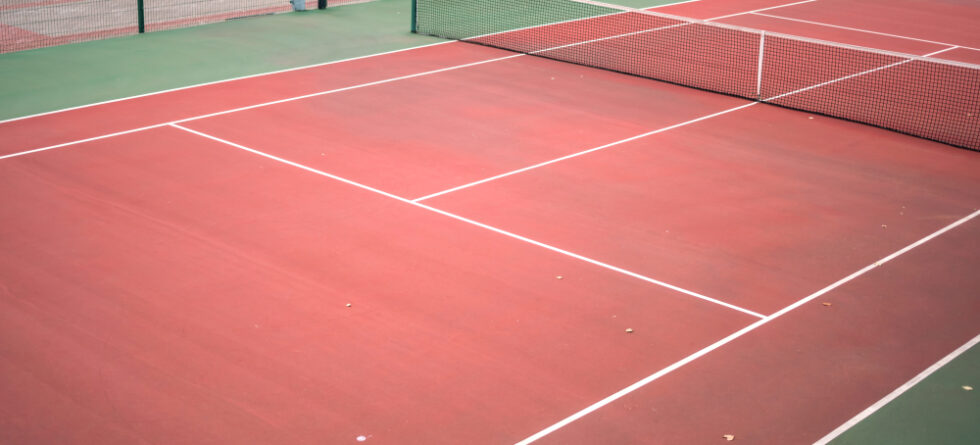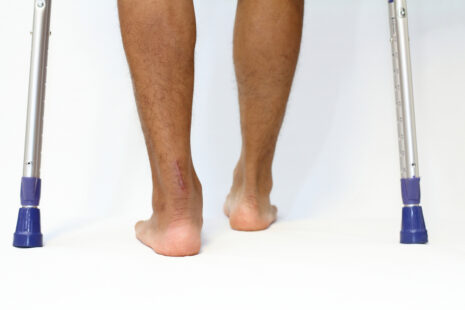The rate and type of injuries in tennis can be influenced by various factors, including the playing surface. Different tennis court surfaces can impact player movement, shoe traction, and the forces exerted on the body, leading to varying injury patterns. While injury rates can be affected by multiple variables, some studies and observations suggest that clay and grass courts may be associated with slightly higher injury risks compared to hard courts. Yet, it’s necessary to understand that the differences in injury rates between surfaces are generally not substantial, and injury prevention measures play a more significant role in player safety.
Here’s a brief overview of the potential injury risks associated with different tennis court surfaces…
- Clay Courts – Clay courts provide a softer and more forgiving surface compared to other court types. As a result, players may experience less impact on the joints, reducing the risk of certain overuse injuries. Regardless, sliding movements on clay can lead to ankle and knee sprains, and falls may cause abrasions and other minor injuries.
- Grass Courts – Grass courts are typically fast and slippery. The slick surface can increase the risk of slips, falls, and ankle injuries. Also, players may need to make quick and abrupt movements, which can put additional stress on the joints.
- Hard Courts – Hard courts are relatively more unforgiving compared to clay and grass courts. The higher impact forces on hard surfaces can increase the risk of overuse injuries, such as stress fractures, tendonitis, and joint problems. Hard court surfaces may be associated with lower limb injuries due to the increased forces on the joints during running and abrupt stops.
Note that tennis injuries can occur on any type of surface, and factors like player skill level, technique, physical conditioning, shoe quality, and playing time all play significant roles in injury prevention.
To reduce the risk of injuries while playing tennis…
- Warm up properly before playing to prepare the muscles and joints for activity.
- Wear appropriate footwear that provides good support and traction for the specific court surface.
- Engage in regular strength and conditioning exercises to improve overall fitness and reduce injury risk.
- Listen to your body and avoid overtraining or playing through pain.
- Work on proper tennis techniques to reduce unnecessary strain on the body.
If you have specific concerns about injury prevention or managing existing injuries, it’s advisable to consult with a sports medicine professional or physical therapist who can provide personalized advice and recommendations.



